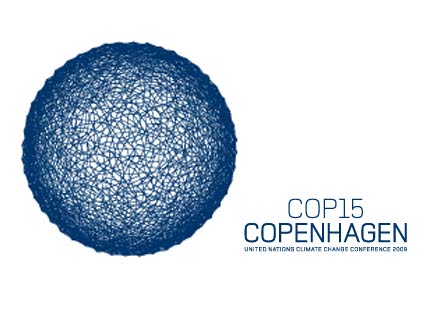Climate Change Conference
Copenhagen - the facts and figures
by Rosslyn Hyams
Article published on the 2009-12-01 Latest update 2009-12-04 15:49 TU
The timetable:
- 2012 – Kyoto Protocol expires
- 2020 – European Union self-imposed deadline for 20 per cent reduction in green-house gas emissions, using 20 per cent of renewable energy sources throughout member-countries and for using 20 per cent less energy in relation to energy consumption projections by improving energy effiency.
- 2050 - The IPCC says that if developed economies have not reduced GHG emissions by at least 80 per cent , climate change and its effects on nature and humans will be irreversible.
What’s at stake?
- Millions of lives and various ecosystems are under threat of disappearing forever before the end of this century due to climate change.
- The lion’s share of the problem has been caused by industrialised countries and emerging economies.
- The worst-affected are the poor countries.
One example is the threat to river deltas or coastal cities: imagine the effect of rising sea levels on the Indian city of Mumbai, Bagleadesh's densely-populated Ganges-Brahmaputra delta, Egypt's Nile delta or the Mississippi delta in the US.
And seasonal weather conditions are becoming more extreme in many places.
The aim of the UN Copenhagen climate change conference
The summit has been organised under the auspices of the United Nations Framework Convention on Climate Change and is hosted by Denmark. More than 170 heads of state and government are invited. Sixty-five had accepted by 24 November 2009.
It is intended to:
- Pin countries down to targets for reducing known causes of climate change;
- Agree on new mechanisms to halt climate change;
- Get major greenhouse gas producing countries, such as US, China and India, to commit to taking action;
- Work out financing mechanisms to help developing countries adapt to climate change and make use of renewable energies widespread.
One of the big issues at the conference will be who pays for what and how much.
The convenient North/South distinction is not so clear these days. China and India and Brazil, for example, are now big economic players.
And how should adaptation projects, renewable energy projects be paid for? Should it be considered as part of development aid or an add-on? What of all the different international, World Bank and other climate-change-related funds that have been set up? Are carbon credits, carbon taxes etc. efficient tools for getting closer to the anti-global warming targets?
Greenhouse gases contributing to global warming
According to the UNFCCC, there six gases are raising temperatures:
· Carbon dioxide – CO2
· Methane – CH4
· Nitrous oxide – N2O
· Hydroflourocarbon – HFC
· Tetraflouromethane/Carbon tetrachloride CF4
· Sulphur hexafluoride SF6
Figures for thought
- Half a million people will die per year due to climate change, according to the Human Impact of Climate Change report published by the Global Humanitarian Forum. There will be gradual environmental degradation, crop failure, malnutrition, and water problems such as flooding and droughts, Ninety per cent of the deaths will be in the developing world
- Twenty-five per cent of CO2 in the world's air is due to the destruction of trees. It’s the second largest cause of CO2 gas emissions. Every year 13 million hectares of forest disappear according to the French Environment Ministry.
- Sea levels have risen by 17cm in the last 100 years, and by 3mm per year from 1993 to 2003. That is double the average registered throughout the whole of the 20th century, according to the IPCC.
- One bus = 50 individual cars for greenhouse gas emissions, says the French Environment Ministry.






